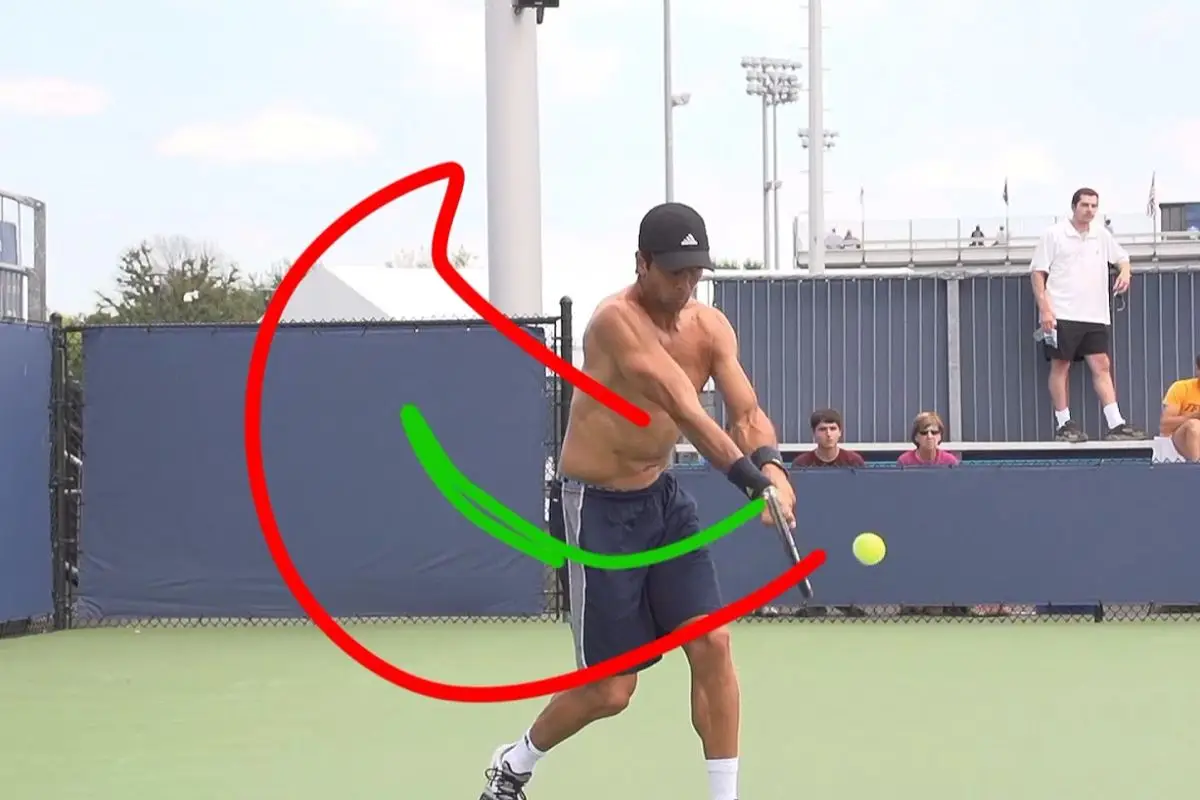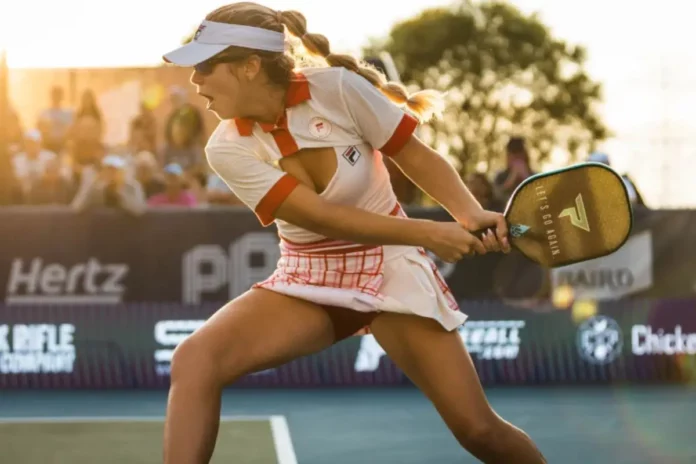Ryan Fu’s Two-Handed Backhand Dink: Professional pickleball player Ryan Fu recently shared a video highlighting the growing importance of the two-handed backhand dink in pickleball. With its ability to provide added control and stability, Fu explains that this technique represents a key strategy for players looking to stay ahead of the competition. His insights emphasize body mechanics, precision, and the critical role of proper execution.
The Potential of the Two-Handed Backhand Dink in Pickleball
Fu asserts that the two-handed backhand dink is emerging as a game-changing skill in modern pickleball. By utilizing both hands on the paddle, players can gain greater control, minimize errors, and maintain a consistent touch during delicate net exchanges. However, Fu points out that the technique requires a shift in mindset.
“What you don’t want to do is just reach and flick.” – (ryan fu)
Flicking the wrist during a dink can result in the ball popping up, leaving an easy opportunity for opponents to attack. Instead, he demands a disciplined approach that uses the entire body.
Getting the Body Behind the Ball
A central focus of Fu’s explanation is the importance of positioning.
“When I hit my two-handed backhands, I get my whole body behind the ball.” – (ryan fu)
This method involves aligning the paddle between the legs, allowing players to generate power and control through their legs rather than relying solely on their wrists or arms. By pushing upward with the legs, Fu demonstrates how players can create a smoother and more stable motion. This approach reduces the likelihood of errors while providing the consistent depth needed to maintain pressure during a rally.

Avoiding Common Mistakes
Ryan Fu cautions players against a common pitfall: overreaching. Stretching for the ball without proper positioning often leads to poor contact and unnecessary wrist flicking, which disrupts control. Instead, Fu stresses the importance of moving into the right position before executing the shot.
Ryan Fu explains that a two-handed grip naturally encourages a more balanced and stable stance. This grip allows players to keep their paddle face steady and ensure the ball remains low over the net, a critical factor in effective dink exchanges.
Why Two-Handed Backhand Dinks Are the Future
The adaptability and precision of the two-handed backhand dink make it a valuable tool for players at all levels. With the fast-paced evolution of pickleball, techniques that enhance control and reduce errors are becoming increasingly essential.
Ryan Fu believes that this shot is not just a passing trend but a glimpse into the future of competitive pickleball. By combining stability, control, and efficient body mechanics, the two-handed backhand dink offers players a reliable way to handle high-pressure net exchanges.
A Drill for Mastery
To develop a strong two-handed backhand dink in pickleball, Ryan Fu encourages players to focus on deliberate practice. Start with a controlled drill, ensuring that the body is fully aligned with the ball and that power is coming from the legs rather than the wrist. Consistency and repetition are key to mastering this shot.
News in Brief: Ryan Fu’s Two-Handed Backhand Dink
Professional pickleball player Ryan Fu recently shared insights on the two-handed backhand dink, emphasizing its growing importance in the sport. This technique offers greater control and stability, crucial for effective net play. Ryan Fu highlights the need for proper body alignment, advising players to get their whole body behind the ball, using their legs for power instead of relying on wrist flicks.
He stresses avoiding overreaching to maintain control and keep the ball low. Ryan Fu believes the two-handed backhand dink is essential for modern pickleball and encourages players to practice with focus and consistency for mastery.
ALSO READ: Ryan Fu’s Proven Technique to Master Overheads in Pickleball Without Shoulder Strain

